DIY Hybrid Maintenance: 5 Tasks You Can Do at Home
Ever felt like your hybrid vehicle is a mystery on wheels? You’re not alone. Many hybrid owners feel intimidated by their complex technology. They think every maintenance task needs a professional.
The truth is, you can do several DIY hybrid maintenance tasks at home. This saves money and boosts your confidence in caring for your vehicle.
DIY hybrid maintenance is more than saving money. It’s about understanding your vehicle’s unique systems. You can monitor battery health and perform routine checks. With the right knowledge and tools, hybrid battery replacement and basic maintenance become less daunting and more empowering.
Modern hybrids are built for reliability, but they need your attention. Regular maintenance can extend your vehicle’s life, improve performance, and prevent costly repairs. This guide will show you five essential tasks you can do at home.
Table of Contents
Understanding Your Hybrid Vehicle
Hybrid vehicles mix old car tech with new electric stuff. They have a gas engine and an electric motor. This makes them powerful and fuel-efficient, unlike regular cars.
Your hybrid car is a complex mix of tech. It’s designed to be fast and kind to the planet. Knowing how it works helps you keep it running well and saves money on repairs.
What Makes a Hybrid Different?
Hybrids are special because they use both electric and gas power. They have:
- Dual power sources: Gasoline engine and electric motor
- Advanced battery pack for energy storage
- Regenerative braking system
- Sophisticated computer-controlled power management
Benefits of Hybrid Vehicles
Driving a hybrid has many perks:
- Improved fuel efficiency
- Reduced carbon emissions
- Lower long-term operating costs
- Quieter engine operation
Common Hybrid Vehicle Technologies
Modern hybrids use cool tech to boost performance:
- Power split devices
- High-voltage battery systems
- Intelligent energy management
- Multiple driving modes for efficiency
Pro Tip: Hybrid batteries usually last about 10 years or 100,000 miles. Keeping them in good shape is key.
Knowing about these features helps you appreciate your hybrid. It also ensures it runs smoothly for years to come.
Essential Tools for DIY Maintenance
Getting ready for hybrid vehicle maintenance means picking the right tools. The right tools can save you up to 50% on labor costs. They also help keep your hybrid running well. Here’s a list of must-haves for every hybrid owner’s garage.
Before starting on tasks like oil changes or brake pad replacements, you need a good toolkit. It should have both general car tools and special hybrid tools.
Basic Tools for Every Hybrid Owner
- Comprehensive wrench set
- Screwdriver collection (Phillips and flathead)
- Hydraulic car jack and jack stands
- Tire pressure gauge
- Multimeter for electrical system checks
Specialized Tools for Hybrid Models
Hybrid cars need special tools because of their complex electrical systems. Getting the right tools makes maintenance safer and more efficient.
| Tool | Purpose | Estimated Cost |
|---|---|---|
| OBDII Reader | Diagnostic system scanning | $50-$100 |
| High-Voltage Gloves | Electrical system safety | $75-$150 |
| Torque Wrench | Precise bolt tightening | $100-$200 |
Safety Gear and Precautions
When doing an oil change or working on brake pads, safety comes first. Always wear protective gear and follow the manufacturer’s instructions.
“Preparation and caution are the keys to successful DIY hybrid maintenance.” – Professional Automotive Technician
- Safety glasses
- Insulated electrical gloves
- Non-conductive floor mat
- Fire extinguisher
With the right tools and knowledge, you can handle many hybrid maintenance tasks. This saves money and keeps your vehicle in top shape.
Checking and Replacing Engine Oil
Keeping your hybrid’s engine oil in check is key to its performance and life span. Even with an electric motor, hybrids need regular oil changes for their gasoline engines.
It’s vital to understand your hybrid’s unique needs for upkeep. Regular oil changes prevent damage and keep the engine running well.
Importance of Regular Oil Changes
Regular oil changes are essential for hybrids because:
- They reduce engine wear and friction
- They prevent costly repairs
- They keep the engine running smoothly
- They help with fuel efficiency
How to Check Oil Levels
Checking your hybrid’s oil levels is easy:
- Park on a level surface
- Make sure the engine is cool
- Find the dipstick
- Wipe it clean
- Check the oil level
Steps for Oil Replacement
Here’s how to change your hybrid’s oil:
- Use 0w20 oil made for hybrids
- Drain the old oil
- Replace the oil filter
- Add the right amount of new oil
- Check the oil level after filling
Pro tip: Hybrid vehicles need oil changes every 5,000 to 8,000 kilometers. Always check your owner’s manual for the best schedule.
Inspecting and Maintaining the Battery
Your hybrid vehicle’s battery is key and needs careful care. Knowing how to check its health can save you a lot of money. It also helps avoid sudden breakdowns.
Hybrid batteries are complex and need special care. Regular checks can help you avoid expensive replacements. These can cost between $1,000 to $6,000, depending on your car.
Battery Health Monitoring Strategies
Effective monitoring involves several steps:
- Use scan tools to track battery voltage and temperature
- Perform routine load testing to assess charge retention
- Check for warning messages on your dashboard
- Monitor driving performance and fuel efficiency
Key Signs Your Battery Needs Attention
Look out for these signs that might mean your battery or engine needs repair:
- Decreased fuel efficiency
- Unusual engine behavior
- Reduced acceleration performance
- Battery warning lights
Maintaining Battery Longevity
To keep your hybrid battery lasting longer, follow these tips:
- Drive your vehicle regularly to keep the battery active
- Avoid extreme temperature exposures
- Schedule professional inspections every 10,000-15,000 kilometers
- Use Eco mode to optimize battery efficiency
Professional hybrid battery health checks can increase battery lifespan by up to 25%.
By following these steps, you can protect your hybrid battery investment. This ensures your vehicle runs well for many years.
Maintaining Tires and Brakes
Keeping your hybrid vehicle’s tires and brakes in top shape is key for safety and performance. It also helps with fuel efficiency. Giving these parts special care ensures a smooth ride and keeps your vehicle reliable for a long time.
Tire care is vital for your hybrid’s performance. Regular tire rotation spreads out wear and makes your tires last longer. It’s best to rotate tires every 5,000 to 7,500 miles. This keeps your tires performing well and lasting longer.
Importance of Tire Maintenance
- Improves fuel efficiency by up to 3%
- Ensures even tire wear
- Extends tire lifespan
- Enhances vehicle safety
How to Check Tire Pressure
It’s important to keep your hybrid’s tire pressure right. Low-rolling-resistance tires can make your car more fuel-efficient by 3-5% than regular tires. Here’s how to check your tire pressure:
- Check tire pressure monthly
- Use a reliable tire pressure gauge
- Inflate to manufacturer’s recommended PSI
- Check when tires are cold
Understanding Brake System Alerts
Hybrid cars have special brakes that use energy back into the battery. This can cut down brake pad wear by 30-50%. Watch for warning lights and any odd brake behavior. This braking system saves energy and reduces wear on traditional brake pads.
Pro Tip: Regular maintenance of hybrid brake pads can significantly extend their lifespan and ensure optimal vehicle performance.
By sticking to these maintenance tips, you’ll keep your hybrid running smoothly and safely. This will help it perform at its best for many years.
Cleaning and Checking Air Filters
Keeping your hybrid air filters clean is key to your car’s performance and air quality. These filters guard your engine and cabin from harmful particles.
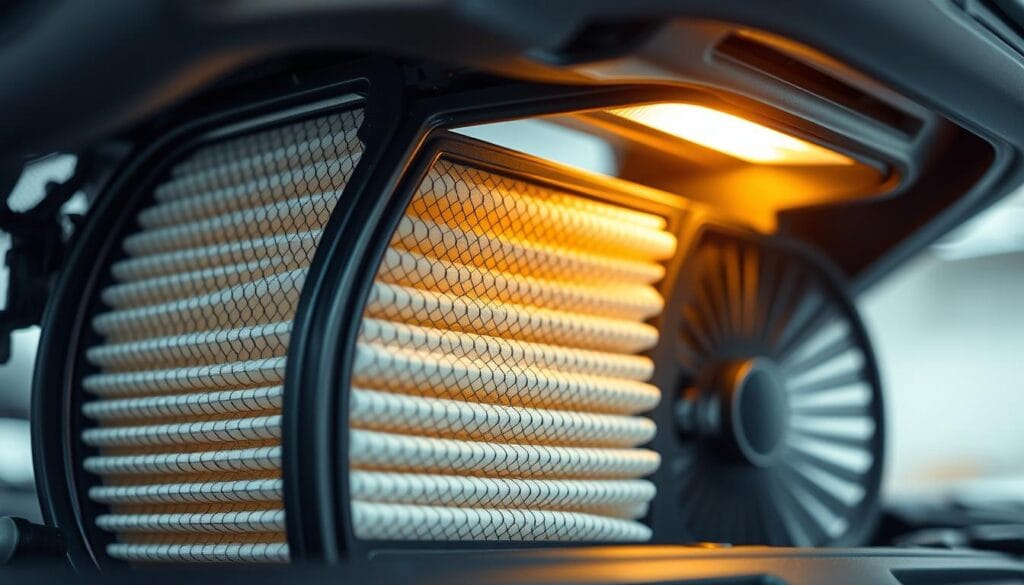
Knowing when and how to check your hybrid’s air filters can save you money. It also prevents performance problems. Regular care keeps your engine running well and the air inside fresh.
Importance of Clean Air Filters
Clean air filters are vital for your hybrid’s health. If you ignore filter care, you might face serious issues:
- Lower fuel economy
- Worse engine performance
- Engine damage
- Poorer air quality inside
How to Access and Inspect Filters
Finding air filters in your hybrid is easy. Most cars have filter spots that are simple to get to without special tools. Check your owner’s manual for specific location details.
Steps for Replacing Air Filters
Here are some tips for taking care of your hybrid’s air filters:
- Check air filters every 12,000 to 15,000 miles
- Replace engine air filter as recommended by manufacturer
- Check cabin air filter every 15,000-25,000 miles
- Use OEM filters for best performance
Pro Tip: In areas with high dust or pollution, consider more frequent air filter replacements to maintain your hybrid’s peak performance.
By focusing on hybrid air filter maintenance, you boost your car’s efficiency. You also protect its important parts and enjoy a healthier drive.
Monitoring Fluid Levels
Keeping the right fluid levels is key for your hybrid’s performance and life. Different fluids are vital for your car’s smooth operation. This includes the hybrid cooling system and engine lubrication.
Your hybrid needs careful attention to its fluid systems. Tracking and managing these fluids can avoid costly repairs and extend your car’s life.
Key Fluids to Monitor
- Engine oil for hybrid oil change intervals
- Coolant for hybrid cooling system
- Brake fluid
- Power steering fluid
- Transmission fluid
Steps for Checking Coolant Levels
- Ensure the engine is cool before checking
- Locate the coolant reservoir
- Check fluid level against marked indicators
- Inspect for any discoloration or debris
- Top off with manufacturer-recommended coolant
When to Top Off Fluids
Regular maintenance is essential. Experts suggest checking fluid levels every 5,000 to 8,000 kilometers. Keep a close eye on your hybrid cooling system. It handles heat from electric motors and battery packs.
Tip: Always use manufacturer-specified fluids to maintain your hybrid’s optimal performance.
By being proactive with fluid maintenance, your hybrid will stay efficient and reliable for years.
Battery Management System (BMS) Considerations
Your hybrid vehicle’s Battery Management System (BMS) is key to its battery’s health. It watches over the battery, making sure it works well and lasts long. This digital system keeps your hybrid engine running smoothly.
- Voltage levels
- Temperature readings
- Battery capacity
- State of charge
- Power consumption metrics
Understanding BMS Functionality
The BMS is like a smart protector for your hybrid battery. It keeps your battery safe from deep discharge and over-voltage. This helps your battery perform well during repairs.
“A well-maintained BMS can extend battery life by up to 20% through intelligent monitoring and optimization.”
Calibrating Your Battery Management System
Calibration keeps your battery’s performance accurate. While experts are best for this, you can help by:
- Checking your battery’s health often
- Keeping it away from extreme temperatures
- Charging it as the maker suggests
Recognizing Warning Signs
Watch out for signs of BMS trouble like:
- Unexpected drops in fuel economy
- Inconsistent battery performance
- Dashboard warning lights
- Irregular charging patterns
By taking care of your hybrid’s BMS, you’ll keep your battery running great. This might even stop you from needing an expensive battery replacement later.
Examining the Hybrid Cooling System
Your hybrid vehicle’s cooling system is key to its performance. It keeps both the electric and gasoline parts running well. Taking care of it yourself can save you money and make your car last longer.
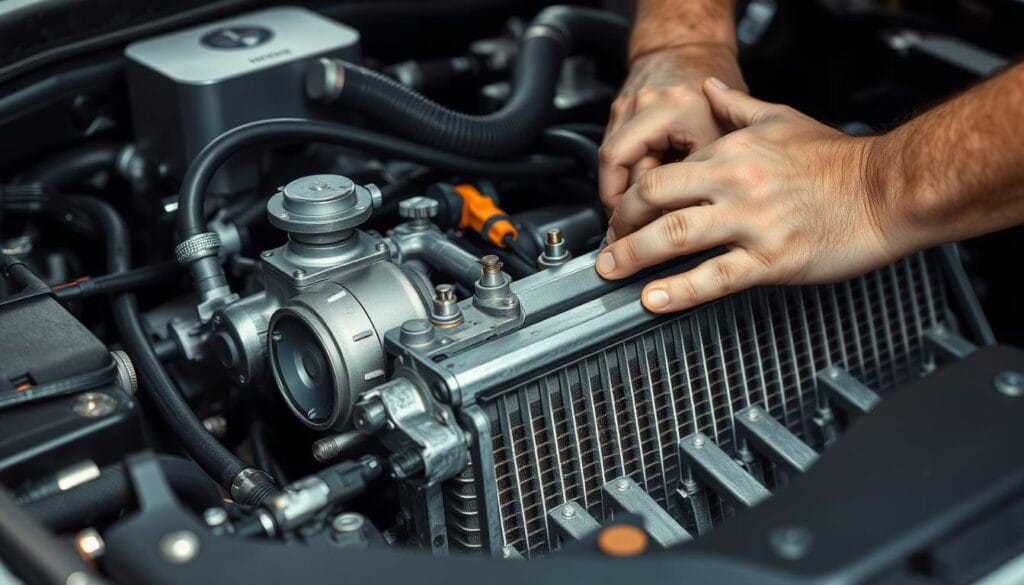
The cooling system in hybrids is special. It manages heat from different power sources. This is different from regular cars, which need simpler cooling systems.
Importance of Cooling in Hybrid Vehicles
Keeping the temperature right is vital for hybrids. Too much heat can hurt performance and damage expensive parts. The cooling system keeps everything running smoothly.
- Battery temperature regulation
- Electric motor performance
- Engine efficiency
- Overall vehicle reliability
How to Check Coolant Hoses
It’s important to check coolant hoses often. Look out for these signs:
- Visible cracks or wear
- Soft or brittle material
- Leaking or discolored coolant
- Bulges or unusual deformations
Steps for Flushing the Cooling System
Flushing the cooling system keeps it clean and efficient. Here’s how to do it:
| Step | Action |
|---|---|
| 1 | Allow engine to cool completely |
| 2 | Locate drain plug and coolant reservoir |
| 3 | Drain existing coolant |
| 4 | Flush system with recommended cleaning solution |
| 5 | Refill with manufacturer-specified coolant |
Pro tip: Always check your car’s manual for specific cooling system care.
Scheduling Professional Inspections
Keeping your hybrid vehicle in top shape is key. You can do many things yourself, but some tasks need a pro’s touch. Certified technicians are best for complex systems.
When to Seek Professional Help
Knowing when to call in the experts is important. Look out for these signs:
- Unusual dashboard warning lights
- Decreased fuel efficiency
- Unexpected performance drops
- Strange noises from electrical components
- Battery performance inconsistencies
Choosing the Right Mechanic
Finding the right mechanic is a big deal. Look for someone with:
- Manufacturer-specific certifications
- Advanced diagnostic equipment
- Proven experience with hybrid models
- Positive customer reviews
Understanding Maintenance Logs
Keeping detailed service records is vital. Consistent documentation helps track maintenance history and guides future servicing.
Preventive maintenance can reduce repair costs by up to 50% and extend your hybrid’s life.
Regular professional checks keep your hybrid running smoothly. This protects your investment and keeps it performing well.
Enhancing Your Hybrid’s Performance
Getting the most out of your hybrid vehicle is more than just regular maintenance. DIY Hybrid Maintenance helps improve performance and efficiency. Learning how to optimize your hybrid can make a big difference in how it drives and how much fuel it uses.
To boost your hybrid’s performance, you need a solid plan. This plan should include smart driving habits and specific upgrades.
Tips for Fuel Efficiency
- Use eco-mode in slow traffic to use more electric power
- Check tire pressure often to save fuel
- Take out extra weight to make your car more efficient
- Drive smoothly by accelerating and braking gently
Modifications to Consider
Upgrading your hybrid engine can really improve how it performs. Here are some upgrades to think about:
| Modification | Potential Benefits | Estimated Cost |
|---|---|---|
| Low-rolling resistance tires | Better fuel efficiency | $600-$800 |
| Aerodynamic enhancements | Less drag, better speed | $300-$500 |
| Performance software update | Better battery use | $150-$250 |
Resources for Performance Upgrades
When looking into upgrades, always check:
- What the maker suggests
- Experts in hybrid vehicles
- Online forums for hybrid fans
- Tools for professional checks
Remember: Any change should be thought over well to keep your warranty and performance top-notch.
Getting a pro to inspect your car can find problems DIY methods might miss. About 40% of hybrid battery failures are due to hidden resistance issues. This shows why thorough maintenance is key.
Staying Informed on Hybrid Technologies
The world of DIY hybrid maintenance is always changing. New technologies come out fast. Keeping up can make your vehicle run better and last longer. Knowing the latest in hybrid vehicle technologies is key for any owner who wants to care for their car well.
Online resources and special communities are great for hybrid owners. They offer the latest on hybrid battery replacement and care. You can learn from others and avoid future problems.
Learning never stops in DIY hybrid maintenance. Car makers often update their systems to work better. Keep up with these updates to make your car more efficient. Go to workshops, read blogs, and join forums to stay informed.
The car world is moving towards greener options, with hybrids leading the way. By staying ahead and learning, you’ll keep your car running well. You’ll also help the environment with your choice of transportation.

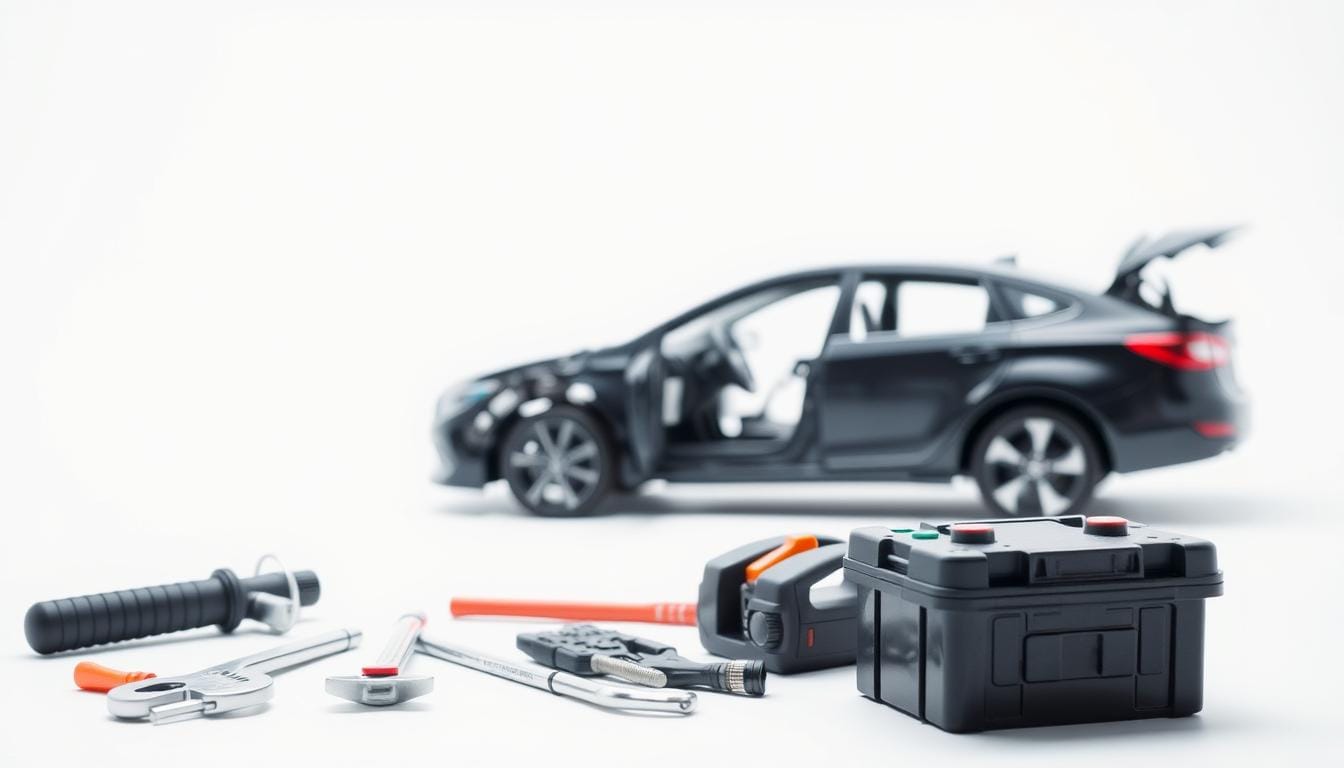
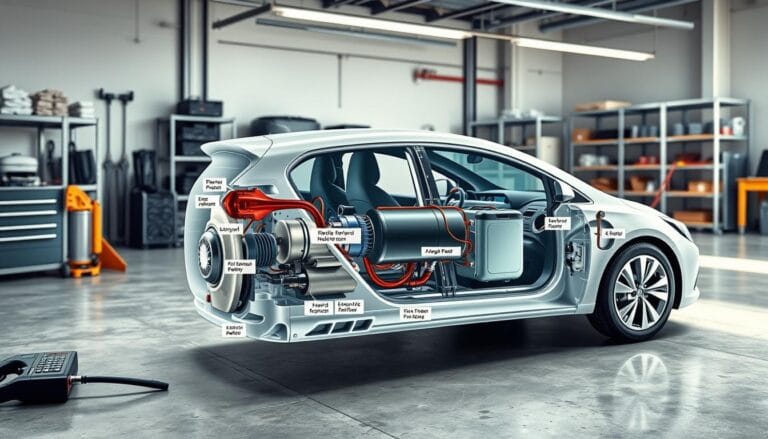
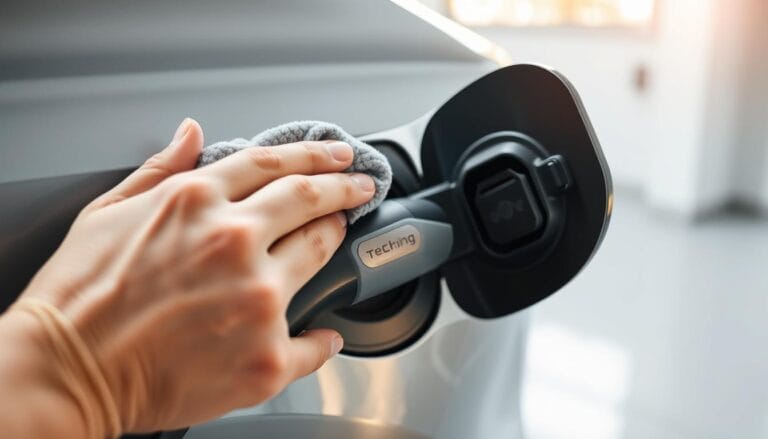
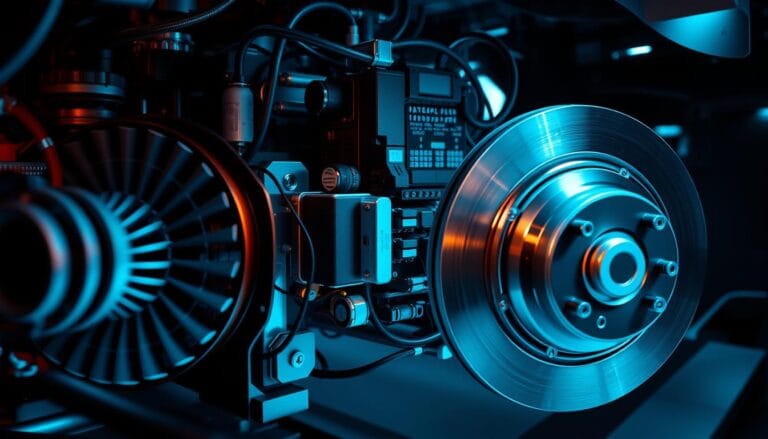
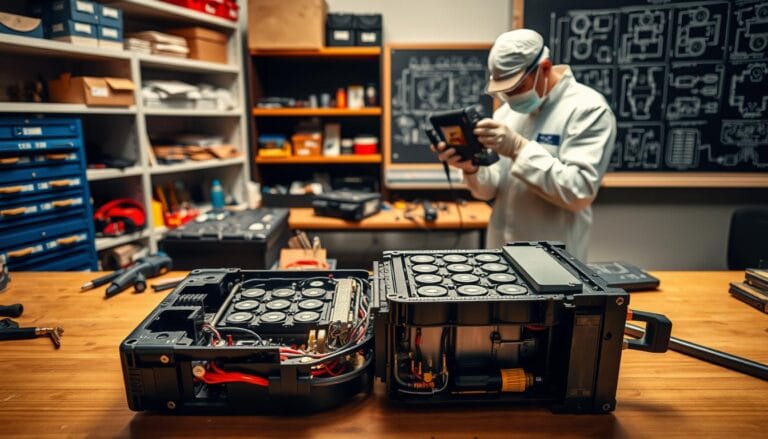
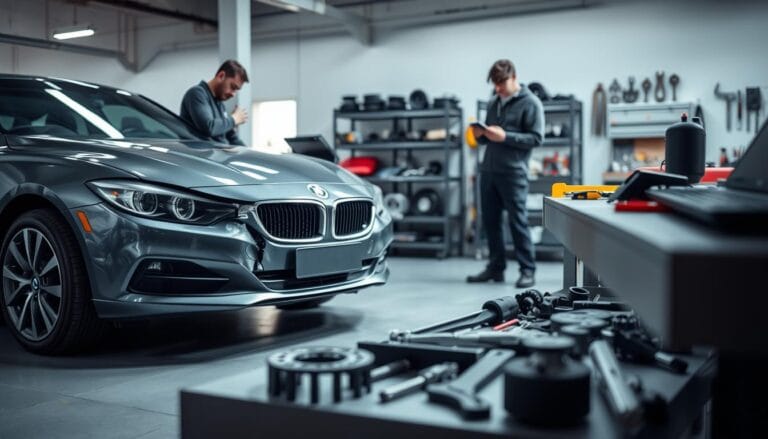
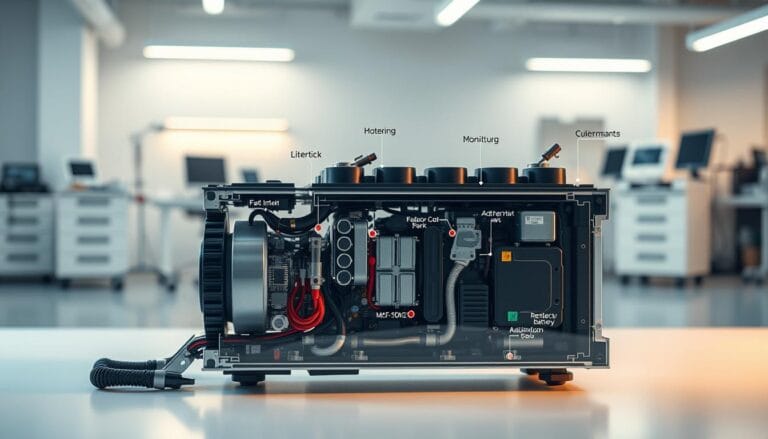
One Comment
Comments are closed.